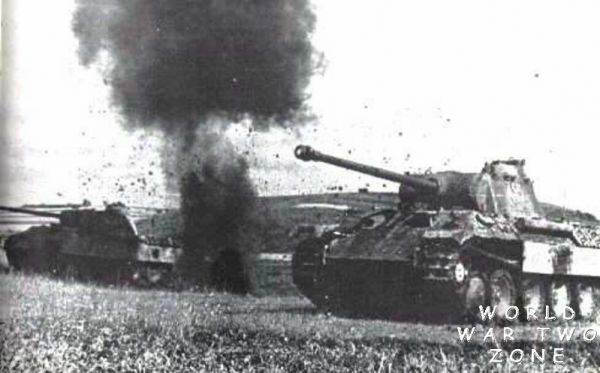And then we think of them getting quickly dismantled by the allies 1944-45. But how did they get there? How did a political party that suppressed freedom and believed in ethnic cleansing gain the popular vote? To see how, we need to travel back the end of WWII, where the Triple Entente along with some allies formed the Treaty of Versailles, or as I like to call it, the "how far can we screw Germany over" game. The Treaty limited almost all aspects of the German economy and government. The economically rich Rhineland was "given" to France, the military was cut down to a ridiculously small amount, and the submarine force, the pride of Germany, was all but destroyed. Suffice it to say that the German people were not happy. Germany also had to pay 132 billion gold marks (33 million 1919 USD, or 482 MILLION current USD) of reparations to France and Britain for "starting the war." The government somehow forgot how currency value worked and printed a ton of money to pay the reparations. This is really dumb because 1) currency value is based on how much there is (the more there is the less it's worth) and 2) if you print a ton of money, you're goinna to trigger hyperinflation (dun dun dunnnnnnn). So yeah. Everyone's cash money sorta became worthless. That was too cash money of them.
The situation closely paralleled the Great Depression, although it only lasted from 1921-23. During this time, everything went down in the Wiemar Republic. It became cheaper to burn bank notes then to buy firewood. People would bring literal wheelbarrows full of money just to buy bread. Children built kites and played with banknotes and literal stacks of money because the money was nearly worthless. In January 1915, 1 US dollar (1915 dollars) was equal to 4.18 Marks (German currency). Fast forwards only 9 years later to December 1923, 1 USD was worth .... 4.2 TRILLION marks. The value of Marks dropped by 1,000,000,000% in 9 years. This upset many people, and one of those people, Anton Drexler, a nationalistic man who was bitterly opposed to the Treaty of Versailles' terms. In January 1919, Drexler created the German Worker's Party. As early as 1920, the party was openly anti-Semitic, selling tobacco labelled "Anti-Semit." At around this time, the head of the Education and Propaganda Department, Captain Mayr, appointed Hitler as an intelligence agent, and told him to infiltrate the Nazi Party and 'influence other soldiers,' whatever that means. Hitler liked the ideas of the Party, and following the encouragement of his superiors (!) joined the party as member 555 (actually 55. The Party started counting from 500 to make themselves seem bigger). He later falsified his document by erasing the 555 and writing in 7.
 |
| Hitler's Party membership card |
 |
| German Panzer V "Panther" medium tanks in action |



No comments:
Post a Comment